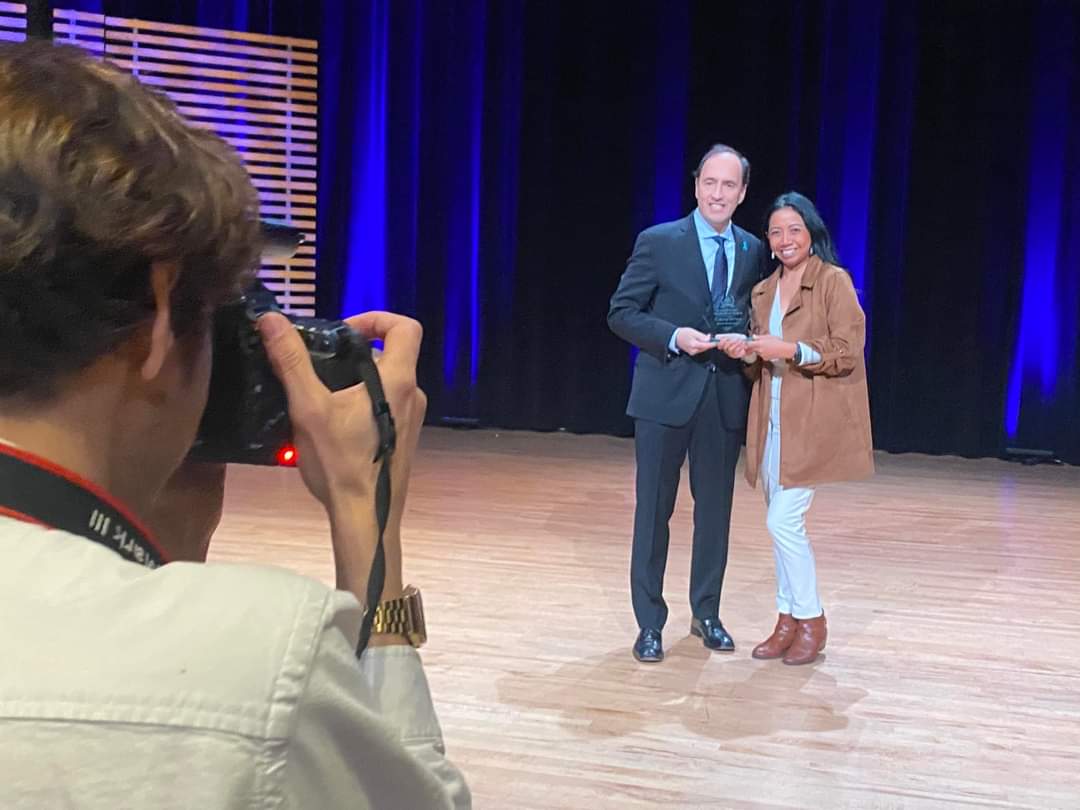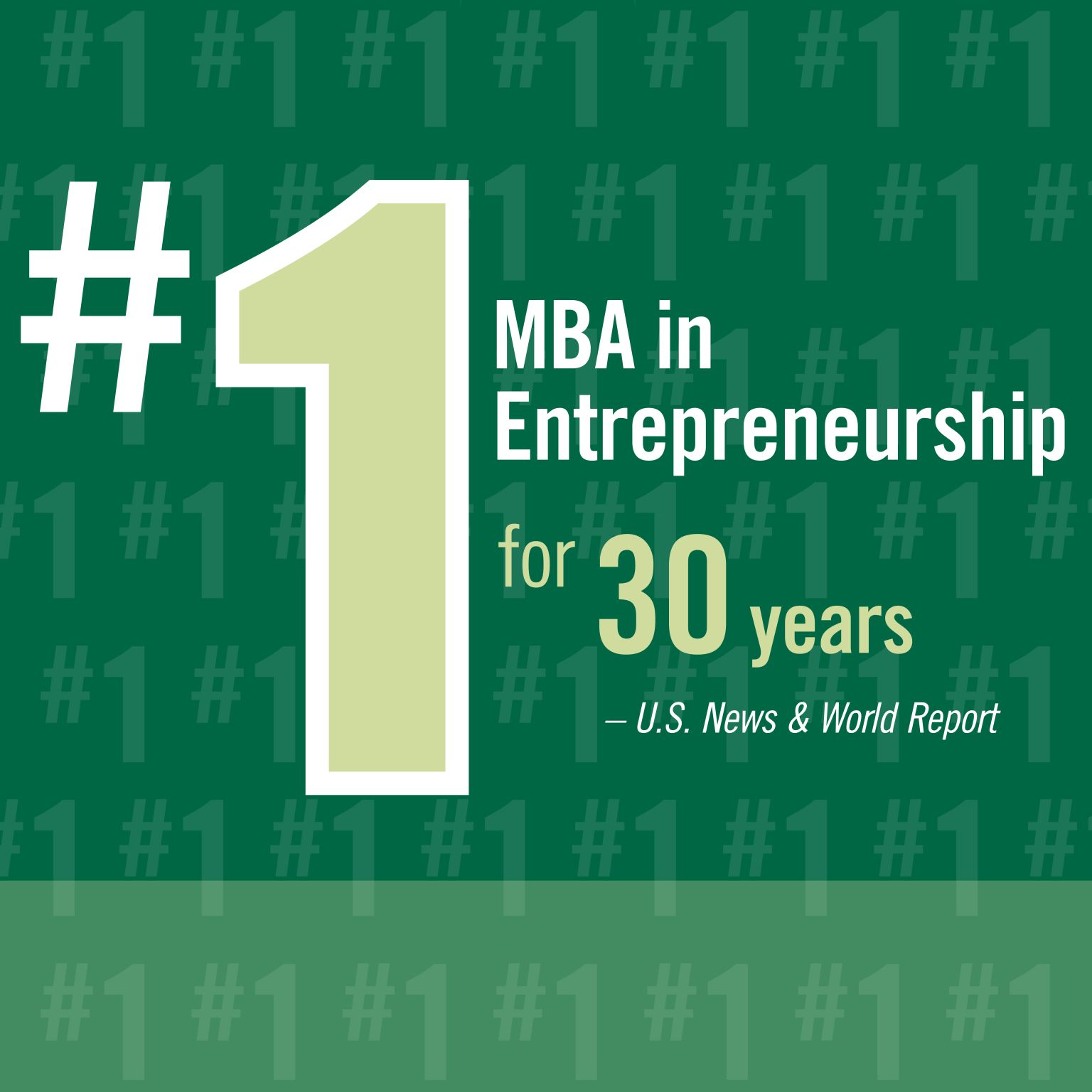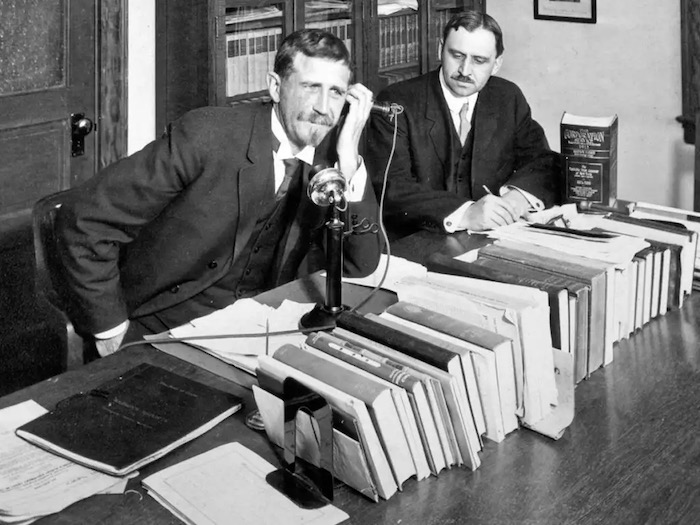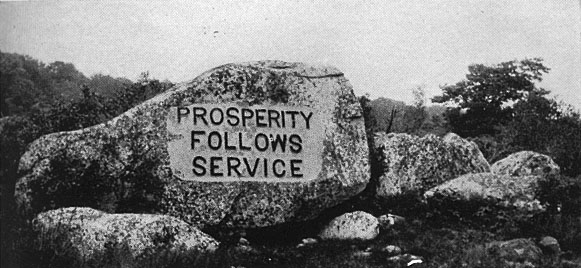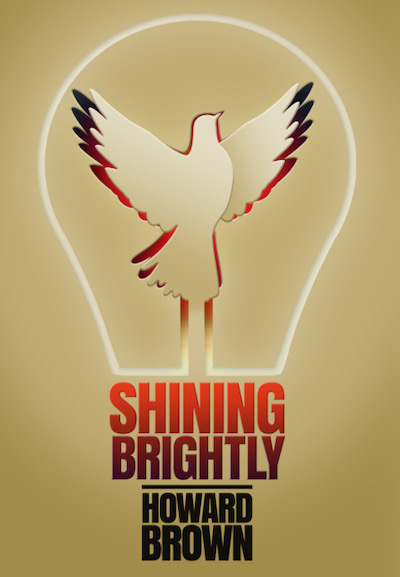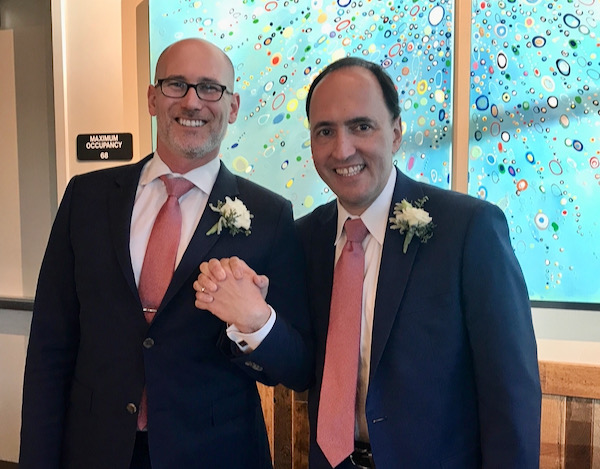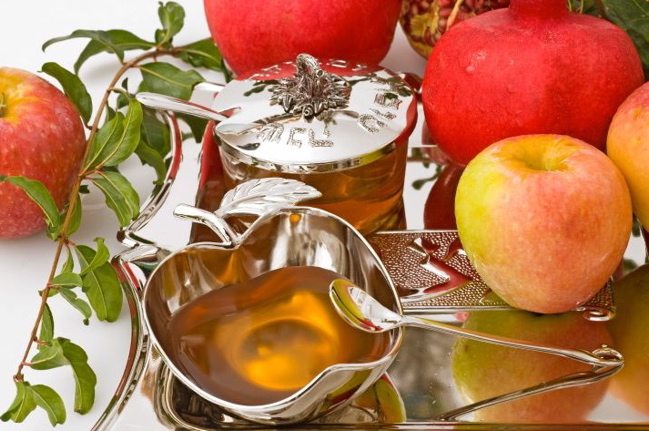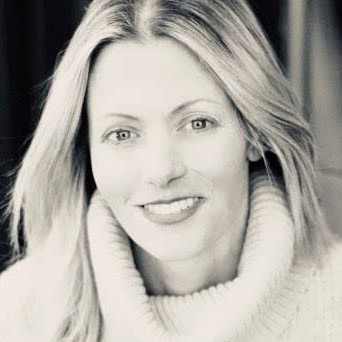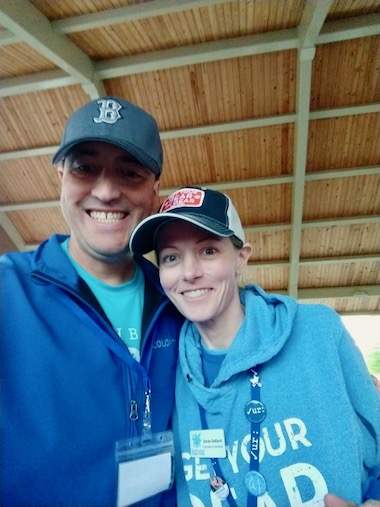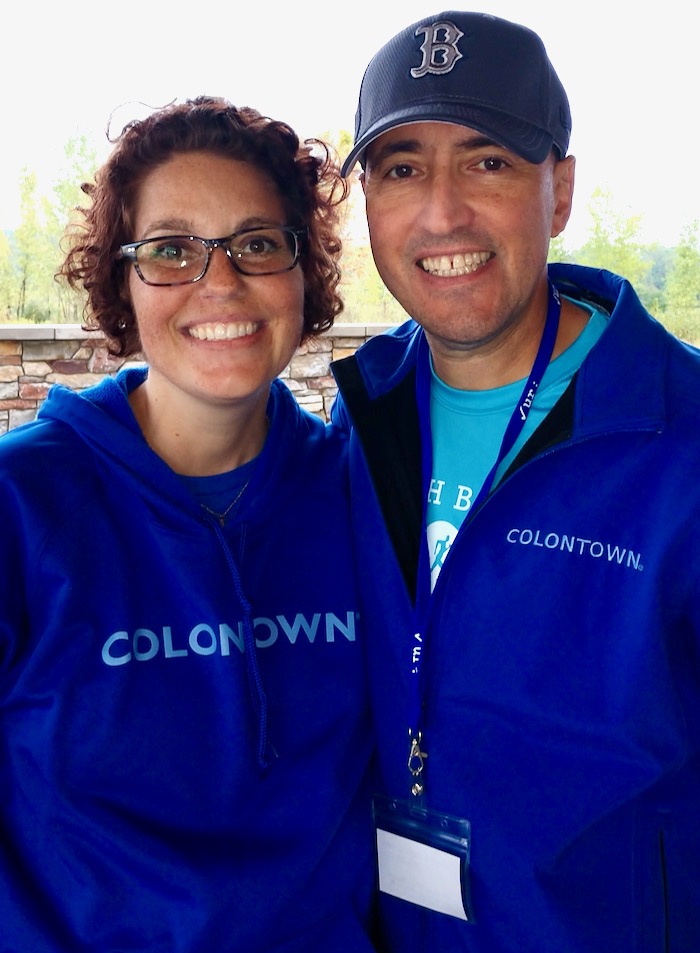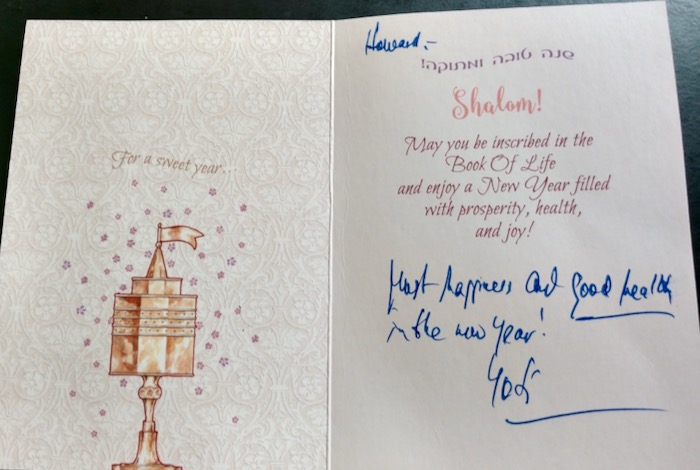How do we find and focus on our life’s purpose?
By HOWARD BROWN
Author of Shining Brightly
After producing dozens of Shining Brightly podcasts, I want to call special attention this week to two power-house women whose unique missions in life involve helping people to make our world a better place. And, of course, that’s the core message of my own memoir, Shining Brightly. So, I feel as though these women are sisters as we share this common hope.
Please, take a few minutes to listen to their stories. I know you’ll feel inspired yourself after listening to their ideas and I hope you’ll wind up wanting to share this column—and these podcasts—with friends on social media.
Who is Nim Stant?
On her website, Nim describes herself this way: “I am an entrepreneur, author, and influencer on a mission to help elevate the human experience of living with full potential. I founded Go All In Media and Go All In Fest in 2020, intending to bring together global thought leaders and teachers to educate, heal and create support for our community as a whole.”
As I am traveling and speaking to groups myself, this year, I have now worked cooperatively with Nim in appearances both in the U.S. and Canada, where she presented me with an award for my book. She’s featured in the podcast you can hear below.
Here’s what impresses me most about Nim: She’s resilient! In this podcast, we discuss her journey to the U.S. from Thailand—and we talk about how she now is committed to giving back to families in poorer communities around the world. One example: She funds playgrounds for children who need a safe place to play.
Who is Orit Ramler?
Orit has developed a unique process to help men and women “live with purpose.” She calls this process the “Box of Life.” On her website, she describes the Box of Life this way: “Through The Box of Life Project, Orit will coach you to curate meaning in your life by preserving the memories and objects you cherish and the stories that make them—and you—special. Honoring your most treasured accomplishments and objects will preserve your legacy for future generations. We help you capture your stories, curate your memories and live with purpose.”
What impressed me most about Orit? She’s a power-house of fresh ideas! Her Box of Life concept as a way to focus our lives? That’s genius. In our podcast conversation, we discuss some of the core questions she raises in her work with professionals nationwide.
